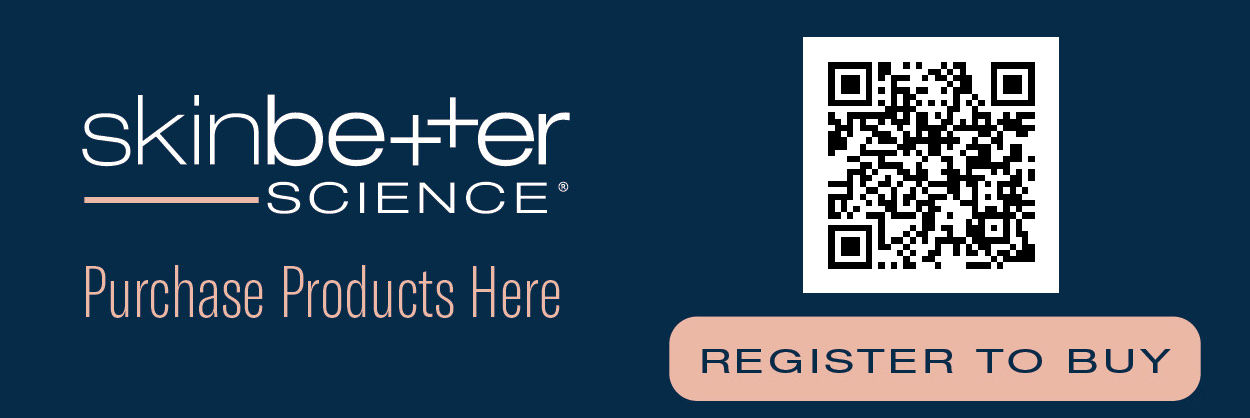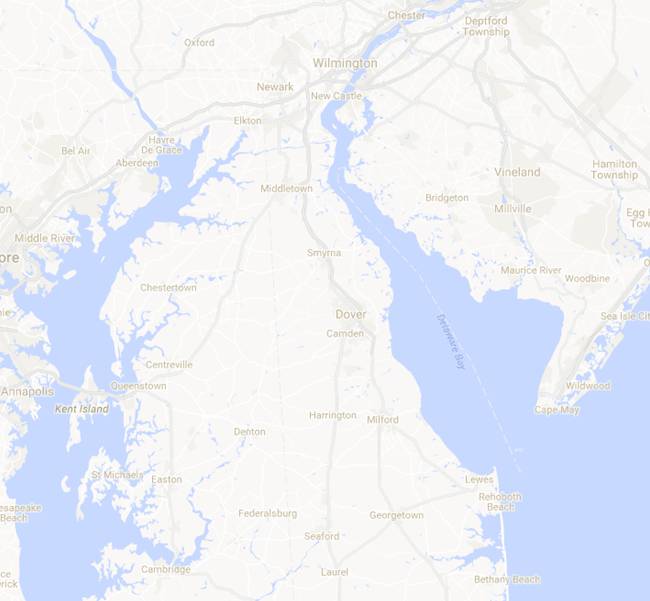Sclerotherapy
Jump To
What are Spider Veins?
Spider veins, known as telangiectasias or sunburst varicosities, are small veins that lie close to the surface of the skin. Although these super-fine veins are connected with the larger venous system, they are not an essential part of it.
A number of factors contribute to the development of spider veins, including heredity, pregnancy, and other events that cause hormonal shifts, weight gain, occupations, or activities that require prolonged sitting or standing, and the use of certain medications.
Spider veins usually take on one of three basic patterns. They appear in a true spider shape with a group of veins radiating from a dark central point; they may be arborizing and will resemble tiny branch-like shapes; or they may be simple linear and appear as thin separate lines.
Varicose veins differ from spider veins in a number of ways. Varicose veins are larger, darker in color, and tend to bulge. They are also more likely to cause pain and be related to more serious vein disorders. Varicose veins occur when the vein is not functioning correctly to help bring blood back towards the heart. The walls of the veins are thinner, much less elastic, and weaker than the walls of the arteries. The veins start to enlarge most often in response to pressure on them, thus creating a vicious cycle. The pressure is typically from the forces of gravity, the body’s weight, and the column of venous blood that has not yet finished its trip back to the heart. As a varicose vein enlarges, it will contain larger volumes of blood, thus putting even greater pressure on the valve below. Left untreated, varicose veins will likely worsen, resulting in leg pain, throbbing, or swelling.
Unsightly veins are a common, treatable concern. Usually, the individual with spider veins is conscious and would surely like to get rid of them. Men can often hide spider veins in their leg hair but for women spider veins are often highly visible and can even cause them not to wear shorts, skirts or even a bathing suit. Treatment for spider veins consists of two choices including laser therapy or injections which are called sclerotherapy. Nouveau Medispa offers both treatment options.
Nouveau Cosmetic Center offers consultations with our board certified plastic surgeons, physician assistants, nurse and team of aestheticians to exam your concerns about spider veins and tell you more about what treatment would be the best to meet your needs.
What is Sclerotherapy?
Sclerotherapy is a procedure used to treat spider veins. It consists of an injection of a sclerosing solution, called Asclera®, directly into the vein. Asclera®, featured on The Doctors and Dr. Oz, is FDA approved for scelerotherapy of the lower extremities. The injection causes injury to the inner lining of the vein causing the vein to collapse. The product is scar tissue formation that acts as the “glue” which closes and seals off the vein. Over time, the closed vein fades from view as the body absorbs it. The procedure may also remedy the bothersome symptoms associated with spider veins, including aching, burning, swelling, and night cramps.
What to Expect From Sclerotherapy
Sclerotherapy can enhance your appearance and your self-confidence, but it is unrealistic to believe that every affected vein will disappear completely as a result of treatment. After each sclerotherapy session, the veins will appear lighter. Two or more sessions may be required to achieve optimal results.
You should also be aware that sclerotherapy treats only those veins that are currently visible. It does not permanently alter the venous system or prevent new veins from surfacing in the future.
Risks Related to Treatment
Serious medical complications from sclerotherapy are extremely rare when the procedure is performed. However, they may occur. Risks include the formation of blood clots in the veins, severe inflammation, adverse allergic reactions to the sclerosing solution, and skin injury that could leave a small but permanent scar.
A common cosmetic complication is pigmentation irregularity; which appears as brownish splotches on the affected skin that may take months to fade, sometimes up to a year. Another problem that can occur is “telangiectatic matting,” in which fine reddish blood vessels appear around the treated area, requiring further injections.
Before Your Treatment
Prior to your procedure, your legs will be examined and evaluated for signs of more serious “deep vein” problems, often indicated by swelling, sores, or skin changes at the ankle. If such problems are identified, your practitioner may refer you to a vascular surgeon for further evaluation. Problems with the larger veins must be treated first, or sclerotherapy of the surface veins will be unsuccessful.
The Procedure
You will be asked to lie down on the examination table and the skin over the spider veins will be cleaned with alcohol. Using one hand to stretch the skin taut, the sclerosing solution will be injected into the affected veins. A cotton ball and tape will be applied over the injection sites. In addition, your legs will be wrapped with an ace wrap to provide further compression. This compression bandage presses the vein walls together and prevents reopening so scar formation can take place.
After Your Treatment
The cotton balls can be removed the next morning after your procedure. In addition, you will wear your compression wrap 48 hours after the procedure.
It is not uncommon to experience some cramping in the legs for the first day or two after the injections. This temporary problem usually does not require medication.
You should be aware that your treated veins will look worse before they begin to look better. When the compression dressings are removed, you will notice bruising and reddish areas at the injection sites. The bruises will diminish within several days. In many cases, there may be some residual brownish pigmentation; which may take up to a year to completely fade.
Success of Sclerotherapy
It is estimated that 50% to 80% of injected veins may be eliminated with each injection session. A few, less than 10%, of people that have sclerotherapy do not respond to injections at all.
In general, spider vein response to treatment is 3-6 weeks. If they respond, the veins will not reappear. However, new veins may appear. A one-month healing interval must pass before you may have another injection session at the same site. Typically, 2 – 3 sessions are needed to obtain the desired result. Sclerotherapy can be used on any skin type including individuals with a tan.
Getting Back to Normal
Although you probably will not want to wear any leg-baring fashions for about two weeks, your activity will not be significantly limited. You will be encouraged to walk and avoid prolonged sitting and standing







